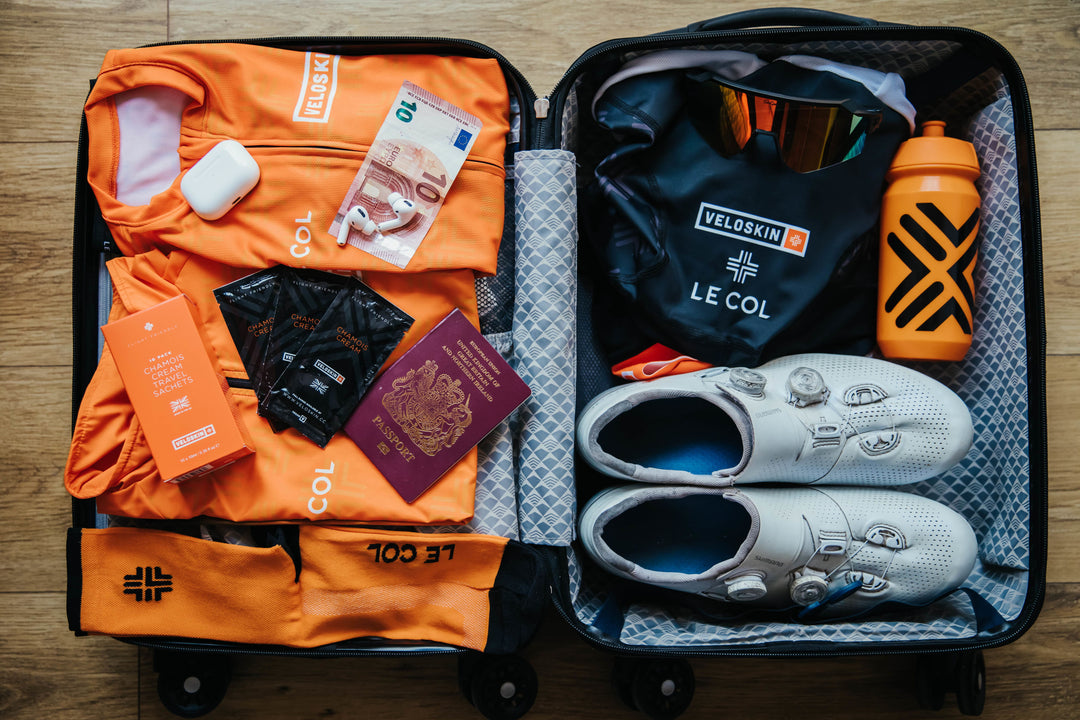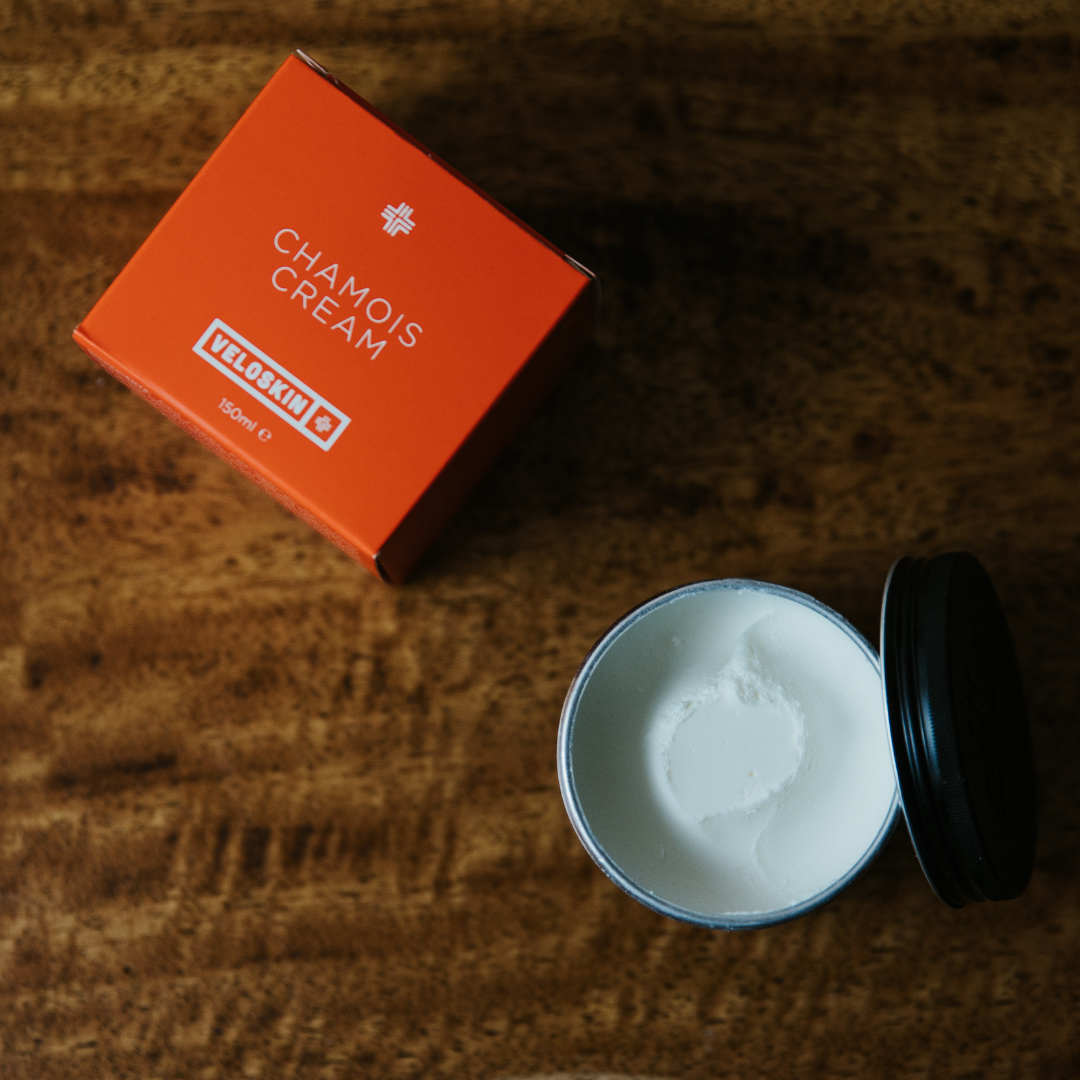Cold Weather training tips from the Pro Peloton.
We recently collaborated with former professional cyclist and British Track champion, Tom "Minty" Murray. A now local (to us here in Yorkshire) cycling coach, Tom has a wealth of knowledge from within the pro peloton having ridden the likes of The Tour of Britain and trained locally up and down the iconic Holme Moss in difficult conditions. We sought some solid training advice from Tom, everything from nutrition, to weight training, but starting with getting into winter training.

Winter… like it or not if you’re serious about those 2020 goals, you’re going to have to take it on and tame it. Sure, the wind will kick up a fuss and the temperature will keep you glancing at each café window, but winter is there to be beaten and conquered. I tell my clients in my coaching role, if you duck one then you will duck the next; if you live and train in the UK then you simply have to get out there and enjoy the challenge winter brings.

So, here’s my key advice to get the most out of your winter rides and survive whatever is thrown at you…
- Deploy the 9 am Rule: my clients will tell you I am a big one for keeping to a routine. It’s no use sitting looking out of the window thinking “give it half an hour”, it’s December… we are in the UK it is what it is. Try and leave the house each and every ride at the same time, be strict with it and treat it as you would if you were going to the office. If it really is that bad, then you can turn back but you will more often than not find out it isn’t so bad after all.
- Look after your key contact points: As you get cold and wet you will find yourself moving around more on the bike, naturally looking to get warmer. That can bring more pressure on your contact points (hands, bum and feet), so these are key areas to look after. Chamois cream is a must, not just to increase the comfort on this particular ride but to guard against sores which you will have to carry forward onto the next ride or race, alongside that, a decent warm up oil applied on your legs and bottoms of the feet will help to stay warm under your outer layers and a spare pair of gloves to change into mid ride will ensure you make it through that ride and be in good shape to start the next.
- Hats on: Up to 10% of your overall body heat is lost through your head. However cool that helmet might look, get a hat under it this winter and keep the heat in.
- Always pack a cape: Whilst there is nothing more annoying than carrying round extra kit you don’t need, if you live in the UK always take the cape, even if it doesn’t rain it will give you that extra layer to use when descending the longer climbs and keep the chill from your chest, which might just prevent illness.
- Avoid caffeine: I know I know, every cyclist loves a coffee so this is a big one, but caffeine restricts the blood vessels in your body, and these are the first line of defence when it comes to staying warm, save the espresso for when you get back from the ride
- Include intervals: as a coach I would argue there’s all kinds of positives to including set intervals within your winter ride, but when all else fails increasing the intensity will cause your core to warm up. Just remember, if you have your trusty cape on take it off for the intervals so you don’t sweat and then cool down too much, then just chuck it back on once the final interval is complete
- Listen to the wind: never head out with a tail wind! It’s easy to forget in the winter months that headwind home won’t just slow you down and drag your ride on it, it’s cold air in your face right when your body is at its weakest, it’s always headwind out tailwind home
- Warm Drinks: Consider taking a warm flask on the bike. I regularly took a warm flask held within a normal bottle with me on stages of the Tour of Britain, in fact I know for sure I wouldn’t have made it through a stage in Western Scotland were it not for a hidden flask of tea I took along for the ride!
- Focus on Amino Acids Within Your Recovery: Our bodies naturally produce 11 of the 20 amino acids we need, so it is essential that we gather the rest in our daily diets. Amino acid-based recovery drinks will help repair cell damage within the muscles quickly and efficiently. Have one ready before you head out on the ride so you can take it straight away once you return

So, there you have it. A few tips to make your way through these first few months of winter training. Let’s be honest, we’re pretty hardy folk in the UK but the age old “it’s character building” or “think of fires” will only keep you going so long, so maybe it’s time to think a bit deeper!
Tom Murray – Cycle Coach: Mint Cycling



